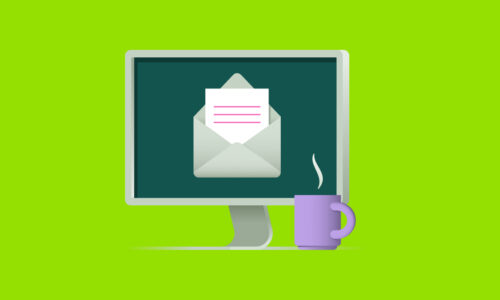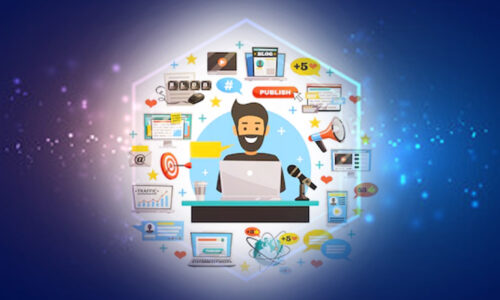Creativity, that spark of originality that fuels art, music, and writing, has long been considered a uniquely human domain. But as artificial intelligence (AI) evolves, blurring the lines between human and machine capabilities, the question arises: can AI truly be creative? Join us on an exploration of AI’s burgeoning role in creative fields, examining its potential, limitations, and the fascinating collaboration emerging between artist and machine.
Stepping Outside the Lines: AI’s Artistic Expressions
AI’s impact on art is undeniable. Algorithms can now:
Generate captivating visuals: Using deep learning, AI can create stunning paintings, sculptures, and even videos, often mimicking artistic styles with impressive accuracy.
Compose novel music: AI-powered systems can produce original melodies, harmonies, and even orchestral pieces, blurring the line between human composer and algorithmic conductor.
Craft compelling narratives: Chatbots write poems, scripts, and even novels, showcasing AI’s ability to manipulate language and structure stories.
Yet, questions linger. Does AI truly “understand” these creations? Is it expressing emotions, or simply mimicking patterns it has observed?

Demystifying the Creative Process: Human vs. Machine
Human creativity stems from a complex interplay of emotions, experiences, and imagination. We draw inspiration from the world around us, imbuing our creations with personal meaning and emotional depth. AI, on the other hand, lacks this lived experience. It creates by analyzing patterns and manipulating data, producing results that are often technically impressive, but may lack the emotional resonance that defines human art.
This distinction becomes especially apparent in fields like writing, where capturing nuance and evoking emotions are crucial. While AI can craft grammatically correct text, it often struggles to grasp the subtleties of human language, the double entendres, the hidden meanings that truly spark our imagination.
Beyond Imitation: AI as a Collaborative Muse
Instead of viewing AI as a competitor, a more fruitful approach lies in collaboration. Imagine AI as a powerful tool, a digital muse that can:
Generate endless creative prompts: Overcoming writer’s block, AI can suggest unexpected story ideas, character traits, or plot twists, sparking the human artist’s imagination.
Explore vast artistic landscapes: With its ability to analyze massive datasets, AI can suggest artistic styles, color palettes, or musical influences that the human artist may never have considered, expanding their creative horizons.
Refine and iterate: AI can provide objective feedback on drafts, suggest stylistic improvements, or even rewrite sections to enhance clarity or flow, while the human artist retains creative control.
This collaborative approach leverages the strengths of both, fostering a symbiosis between human intuition and computational power.

Looking Ahead: The Evolving Canvas of AI in Art
The debate on AI’s creativity is far from settled. However, one thing is clear: AI is leaving an indelible mark on the creative landscape. While it may not possess the emotional depth of human artistry, its ability to generate, suggest, and refine opens exciting possibilities for the future. As AI continues to evolve, we can expect to see even more sophisticated collaborations, pushing the boundaries of creativity and redefining what it means to be an artist in a machine-augmented world.



